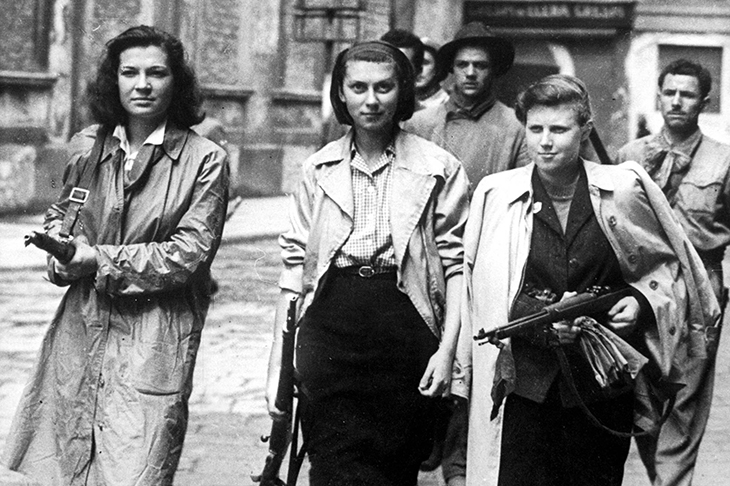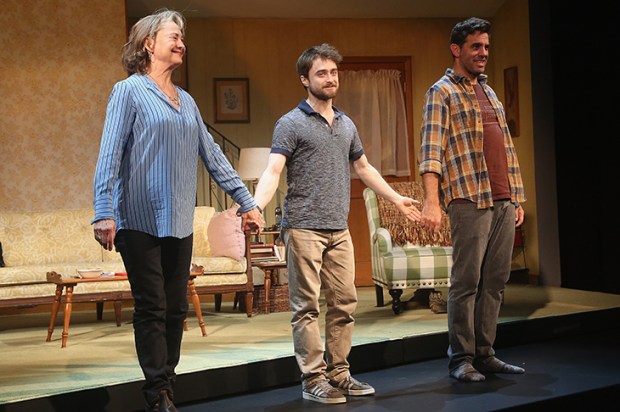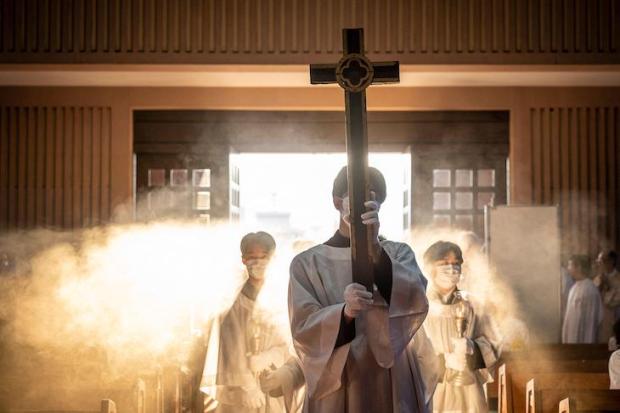‘I am a woman,’ Ada Gobetti wrote in a clandestine Piedmont newsletter in 1943:
An insignificant little woman, who has revolutionised her private life — a traditionally female one, with the needle and the broom as her emblems — to transform herself into a bandit… I am not alone.
Ada, one of four female partisans whose interconnected stories weave through this history, knew what few Germans or Italian fascists yet suspected. All across Nazi-
occupied northern and central Italy, thousands of women had started to resist. Factory workers subtly sabotaged the products of their enforced labour; village women spirited away men into the hills, often feeding and sheltering them as they organised into guerrilla units. Others, many still teenagers ‘with pigtails and white socks’, served as staffette — acting as lookouts, liaising between the fledgling partisan groups, transporting messages and weapons, preparing and distributing clandestine literature, and identifying and sometimes collecting the bodies of executed men.
A significant number would also train in the use of firearms before specialising in rescues, hostage-taking or sabotage attacks, fighting as equals alongside their male comrades-in-arms. Yet this is a history little remembered and even less understood today.
A House in the Mountains opens in the sultry summer of 1943. After 20 years of dictatorship, and three of war, Mussolini is about to be deposed by his own Grand Council, sitting in Rome. A key part of his credo had been that men and women were inherently different. Ironically, perhaps, after his initial downfall, women of both ideological persuasions would feel inspired to defend family and country. While Moorehead recognises the role of the Fasci Femminili (the FF), her focus here is on the resourceful female partisans. As Italy lurched from the energy of revolution to the chaos and horror of civil war, these impressive women gained a taste for previously unknown freedom, activity, camaraderie and respect. Their fight became not only for the liberation of Italy from German occupation but also from home-grown fascism, and their allegiance was to a new Italy in which they would have equal voices, opportunities and rights.
Part of the reason why women were so invaluable in resistance movements across Europe was that their gender made them less suspect. In Italy, it took some time for Nazis and fascists to recognise the role they played but, as Moorehead’s meticulous research and eye for human detail make evident, male partisans were also often surprised by their staffette’s attitudes and abilities. ‘I am not a donnetta,’ one coolly responded to the thanks of her commander, having successfully brought a message across enemy lines where the two male couriers before her had been killed. ‘I am a donna.’
This book is packed with such stories, but inevitably there is also much that makes difficult reading. Many staffette were in danger of being suspected by their own side, and when the occupying Germans started to realise what the laughing girls whose heavy bags they helped to carry and the old ladies to whom they offered their seat on the tram were actually up to, their response was brutal.
This is a rich telling of some complex but fascinating history, not solely addressing the female story, but including it within the whole. Striking themes to emerge include the uneasy relations between the Italian partisans and the Allies, particularly the British, and the implicit parallels and differences between the resistance movements in Italy and in countries such as France and Poland, who also hoped to welcome Allied forces as equals rather than liberators.
It is, however, Moorehead’s sensitive use of the inspiring if sometimes harrowing stories of Ada and her female comrades, Frida Malan, Silvia Pons and Bianca Serra, and the Jewish and partisan circles around them, including that of Primo Levi, that really brings new insight to this account of the liberation of Italy. A useful chronology and list of the principal characters, of which there are many, helps readers to keep track.
After the war, the vital role played by Italian female partisans would be belittled by their nation as resistenza passiva, as opposed to the resistenza armata waged by their male comrades. Most female staffette were excluded from victory parades, and the few who were allowed to march at the back heard themselves abused as whores. The equal opportunities for which the women had fought would take decades to emerge.
This brilliant book restores women to the heart of the Italian resistance story, making clear that they performed all the same activities as the men, while facing precisely the same dangers, if with supplementary goals. ‘I hate neutrality in all its forms,’ Gobetti, who had a postwar political career, would later write. ‘You have to believe in something and then fight for it, not impersonally but with the greatest passion.’ Between 1943 and 1945, many other Italian women discovered that they too hated neutrality. This, at last, is their powerful story.
Got something to add? Join the discussion and comment below.
You might disagree with half of it, but you’ll enjoy reading all of it. Try your first month for free, then just $2 a week for the remainder of your first year.












